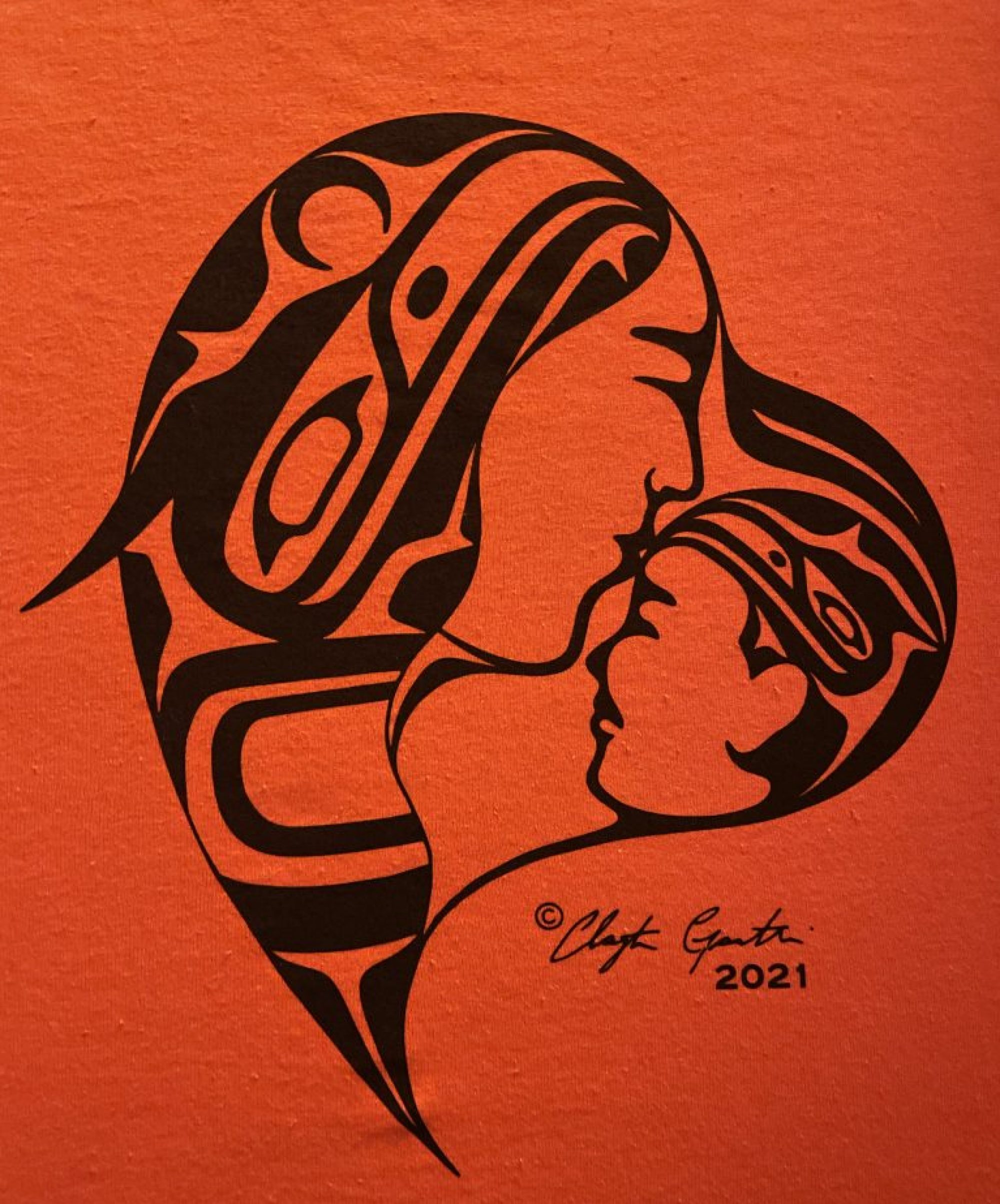Bold print is the original FPPL from FNESC
Bullet (•) is the kid version put together by a teacher candidate from UBC
1. Learning ultimately supports the well-being of yourself, family, community, land, spirits, and ancestors.
- All learners are unique, and the community and natural environment can be your classroom.
2. Learning is holistic, reflexive, reflective, experiential, and relational (focused on connectedness, on reciprocal relationships, and a sense of place).
- Everything is connected, learning is not separate from the rest of life, and relationships are important.
3. Learning involves understanding the consequences of your actions.
- Our actions affect others (family, community, land).
4. Learning involves generational roles and responsibilities.
- Teaching and learning is the responsibility of everyone in a community.
5. Learning recognizes the role of indigenous knowledge.
- Different ways of doing thing and different types of knowledge are important and valued.
- Example: Walking to school, grandparents taught your parents a short cut, your parents taught you, what you learn on this walk to school is knowledge, of the trees etc. we don’t test on it in school but it’s still knowledge.
6. Learning is embedded in memory, history, and story.
- Oral stories are used to teach skills, cultural values, news, and record histories.
7. Learning involves patience and time.
- Learning happens when people are ready to learn.
8. Learning requires exploring your identity/who you are.
- Knowing your strengths and challenges.
9. Learning realizes knowledge can be sacred and only shared with permission or in certain situations.
- Some knowledge cannot be shared without permission (from families, communities, etc.).
FIRST PEOPLES PRINCIPLES OF LEARNING-Kid version
By Lisa Folk (UBC Teacher Candidate,2017)
Classroom Technologies and First Peoples Principles of Learning – SET-BC

